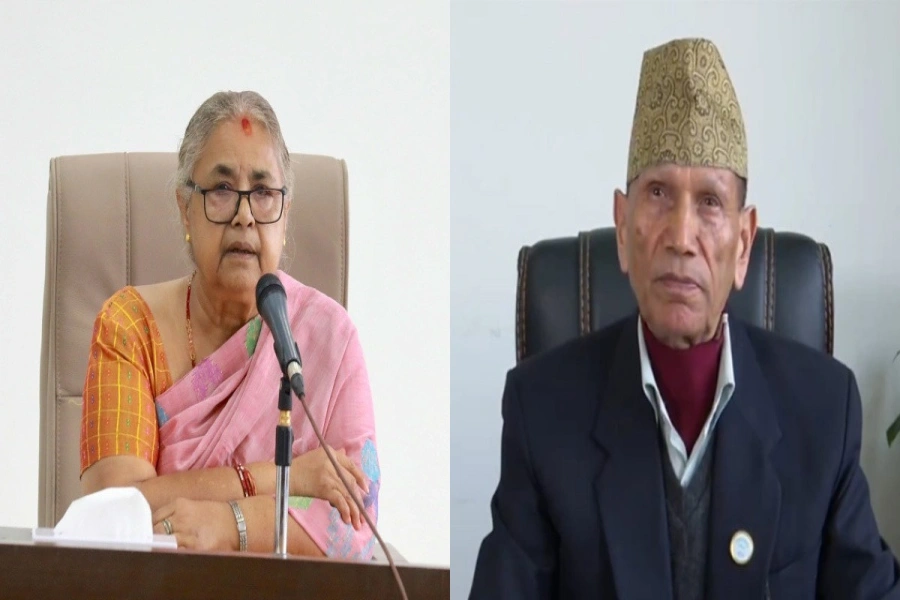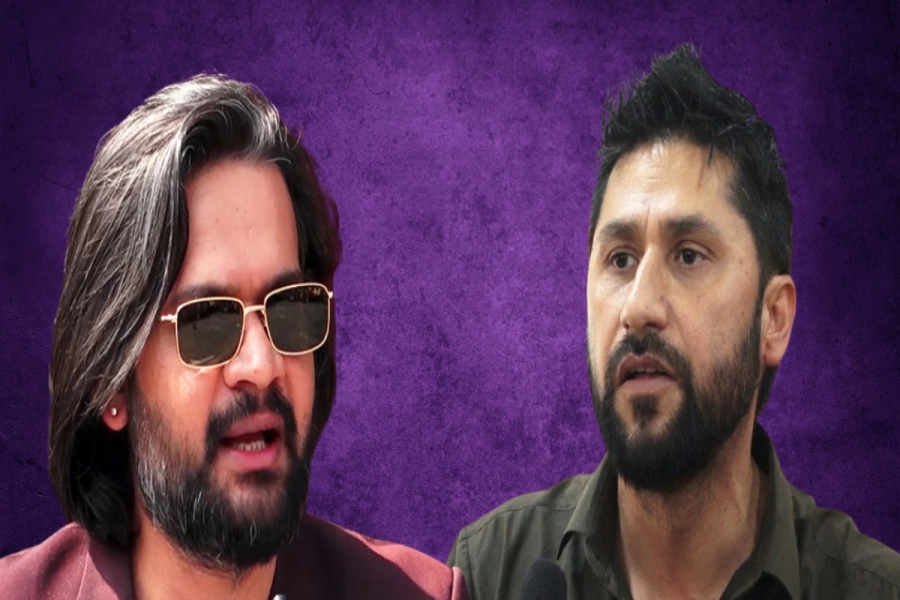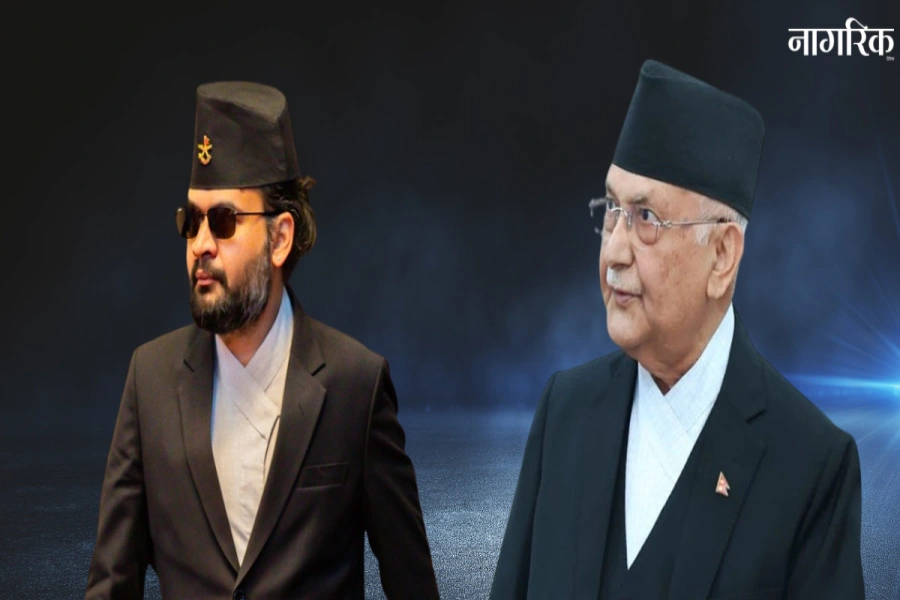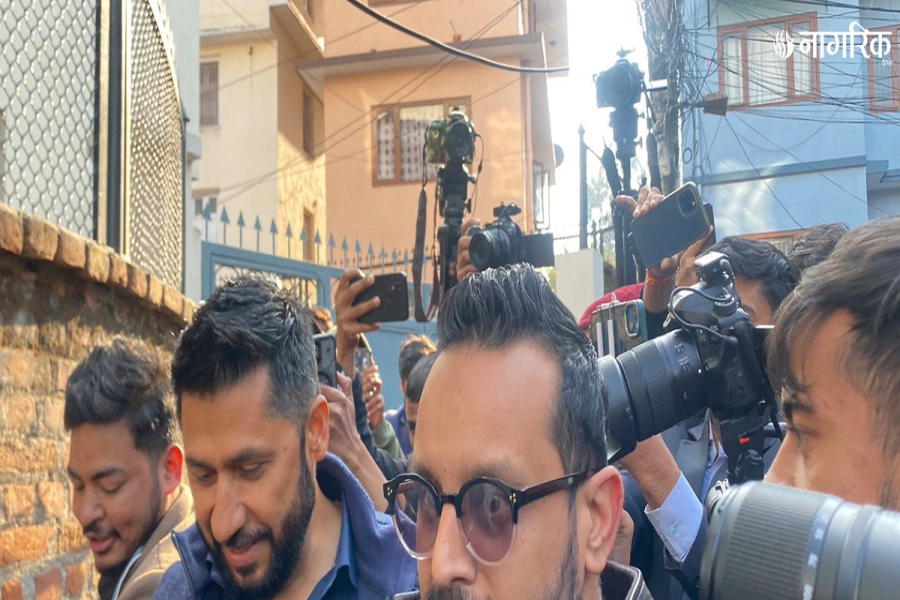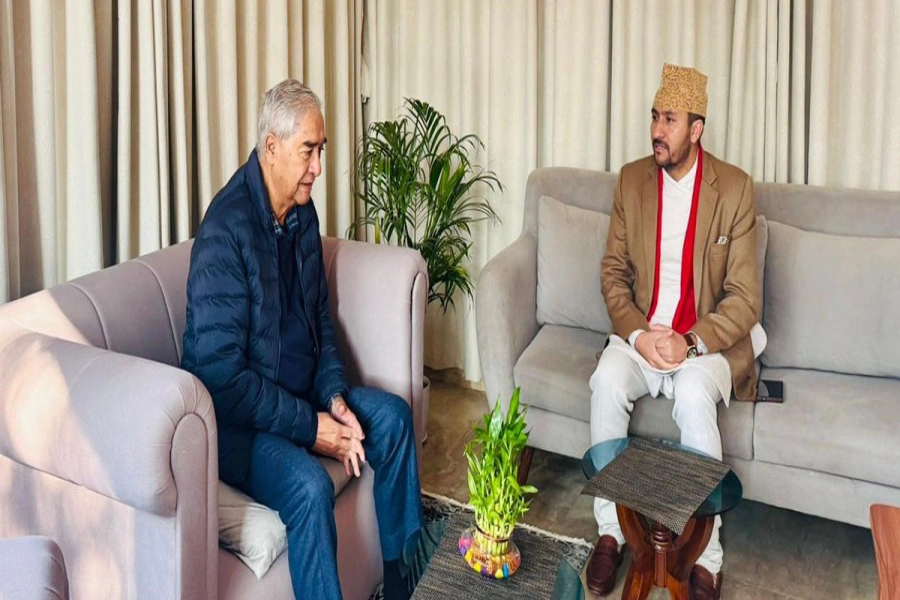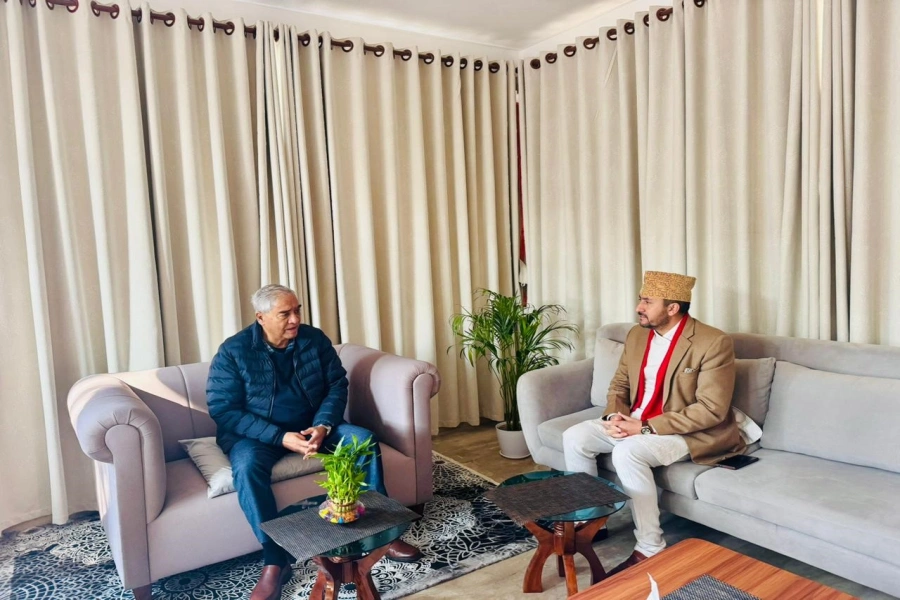Language of literature today is completely carnivalistic. Entire marketplace creeps into modern day writing. The erstwhile margin is becoming the new centre
One of the main points of debate between 19th century British poets William Wordsworth and ST Coleridge was on the question of ‘poetic diction’. Wordsworth in the ‘Preface’ to the Lyrical Ballad advocated for rustic diction against the tradition of using ornate and figurative language for writing a work of literature. Coleridge, however, refuted the proposal, saying that to sustain a great thought, great language was necessary.
Though thematically different from what Coleridge picked up as subject matter of literature, Mathew Arnold, a veteran Victorian poet, took up Coleridge’s tradition and voted for ornate language for poetry. By doing this, he established the linguistic identity of modernism, which later, albeit in a pejorative way, developed into ‘high modernism’. This phrase ‘high modernism’ began to be understood as a derogatory phrase when the world entered its postmodern phase after the sixties of the twentieth century.
This debate also figured in the tradition of the drama. When the western theater had been forsaken from the hands of Aristotalian practitioners and claimed by common man’s writers like Arthur Miller, not only language, but also the subject matter moved from high-placed and ornate tradition to the common people, and the Twentieth Century Theater became the common man’s theater. The classical tradition almost died out, when people like TS Eliot and WB Yeats stopped being popular with their lyrical and poetic dramas. Critics like Augusto Bowl championed the case, and pulled the tradition of the drama to the camp of the everyday man in layman’s language. Bertolt Brecht was even more radical in freeing the theater from the clutches of the classical conservatives.
5 Common myths about common cold and flu (with video)

Paradigm shift
These are some global paradigm shifts in the language of literature. When we critically look at these shifts, one thing becomes very clear. Literature, in its subject and presentation, gradually moved out of the limits of eulogy—praising gods and rulers—to the open space, where the common people convened. As long as institutions of education and literature, like academies and universities, continued to hold the key of literary criticism and appreciation, literature continued to drag the burden of ornamentation. But then, when these institutions were questioned as ‘institutions of interpellation’ by critics like Louis Althusser, and when the writing spaces—especially those of drama and poetry—were made political spaced for public interaction by writers like Bertolt Brecht, literature escaped the clutches of the few conservative perfectionists. Most of the post-modern American fictions and dramas, and non-Western poetry in the past two to three decades have been written in the common people’s language. The proof of this reality is that, the literature of our own time is sustained not by the magic of the cultured and refined language—like that of Virginia Woolf or Thomas Hardy—but by slangs, informalities, fragments, phrases, cants, argots, pidgins, creoles, professional registers, noises, discordant hollering and multi-vocal articulations from all quarters of life. Much of the vocabularies in literature today are absent in a classically developed academic lexicon.
Case of Nepali literature
The same is true for Nepali literature. What was once known as ‘pariskarvad’ and understood as an ideal approach toward literary refinement is today understood as a clumsy, centralist and limiting approach that discouraged the carnivalistic nature of human language. That movement, a Nepali counterpart of the West’s high modernism, was invalidated by the readers before it had moved through three decades of its development. It’s true that during the heydays of such high modernism in Nepali literature, there were drift, avant-garde writers who tried to resist that movement with their experimental, non-conformist and idiosyncratic linguistic and structural permutations. But they could register little success, because legitimizing institutions were still the same centralist foundations, and they were both powerful and active.
Today’s case, however, is not the same anymore. Not only in Nepal, but also across the world, academies and universities are no longer the only legitimizing, validating and judicial bodies to decide the trends and directions of literature. At least their roles have been slashed by a huge degree, and the psychodynamics of the literary market has moved to the quarters of the common readers. I can cite a number of cases wherein the reading public has ignored what has been institutionally merited as a high-order literature: Tribhuvan University Press is almost out of fashion, Sajha publication’s latest deliveries are seldom the choices of the readers, and publications coming out of Nepal Academy is more or less ritualistic, constrained by the traps of inclusiveness and representation. These three major institutions of literary legitimization have lost their hold on the literary market. Their positions are either ceremonial, or ritualistic, as far as popular literature of our own day in concerned. The fact that no modern writer considers Sajha Publication a viable option for getting a new book published, and the fact that many established writers are withdrawing their manuscripts from Sajha and handing them over to private publishing firms confirms the fact that Sajha, like two other institutions I have mentioned above, has failed to catch up the changing language of the fleeting time, and the shifting aspirations of the reading public. Firms institutionally driven by government establishment are not likely to catch up with this linguistic transformation anymore, not only in Nepal, but also around the world.
This is symptomatic of the fact that conservatives suffer ‘dinosaur syndrome’ everywhere in the world, both in terms of issues and contents. Today’s literary content emanates from the diverse experiences of the common people through the everydayness of their living. As for language, deeper analysis is necessary.
Until the pre-modern and the modern times, ancient Sanskritic texts, or models developed by great masters, were the sources of language and vocabulary. The influence is evident in the imagination that literature should reflect the finest combinations possible in any language. The very assumption has fallen into disuse of late, and readers and critics today have started arguing that language should have close consonance with the content a piece of writing picks up. In theorizing ‘verisimilitude’ Aristotle had imagined this consonance, but his own self-limiting theorization of high-placed characters and their language trapped him.
Picking common diction
When Sanskrit stopped being the only source of literary language, and after personal models went out of fashion, writers stated picking up the common people’s language as the source of their literary creations. Beat and Black Mountain Generation poets in the US, authors of the Harlem Renaissance, postmodern experimentalists in America, the new avant-gardes in India and Nepal ushered slangs and informal, colloquial expressions in their writing to tune up with their content, which was (is) predominantly the concern of the common people.
The language of literature today is completely carnivalistic. The heteroglossia, as imagined by Mikhail Bakhtin, is in full swing. The same text is inflected with various languages, rising from various quarters of life. Since ancient assumptions of the unity of place or time are no longer considered a key to writing, authors do not confine their language to that of one location. Accordingly, the entire marketplace, with its discordant speech, creeps into the modern day writing. This is the exact reason why the erstwhile margin is becoming the new centre, together with its language.
Words, therefore, enter modern day writing from every location where a crowd of heterogeneous people is expected. Voices from inside or outside a bus, a train, an airport, a marketplace, a school or a college, a tea-stall, a ration shop, a vegetable market, an election rally, a public carnival…and every other place, where common people are likely to gather and holler, are a source of literary language today. Words and phrases are picked up as they are—unprocessed—and fixed into a literary matrix. Only that the matrix, as mediated by the author’s meditated consciousness, should have the magical power to transform that discordant noise into a piece of sweet symphony.
In today’s world, a true author is one who has the magical gift to pick up noise from the crowd and process it into a symphony. This art and not merely the knowledge of vocabulary and grammatical rules makes one an author proper. Philology has ultimately given way to art for such obvious regions. And today, the driving force of literature, both its creation and market, stands on the road, and not inside formalizing institutions.
The author is Assistant Professor at the Central Department of English, Tribhuvan University



